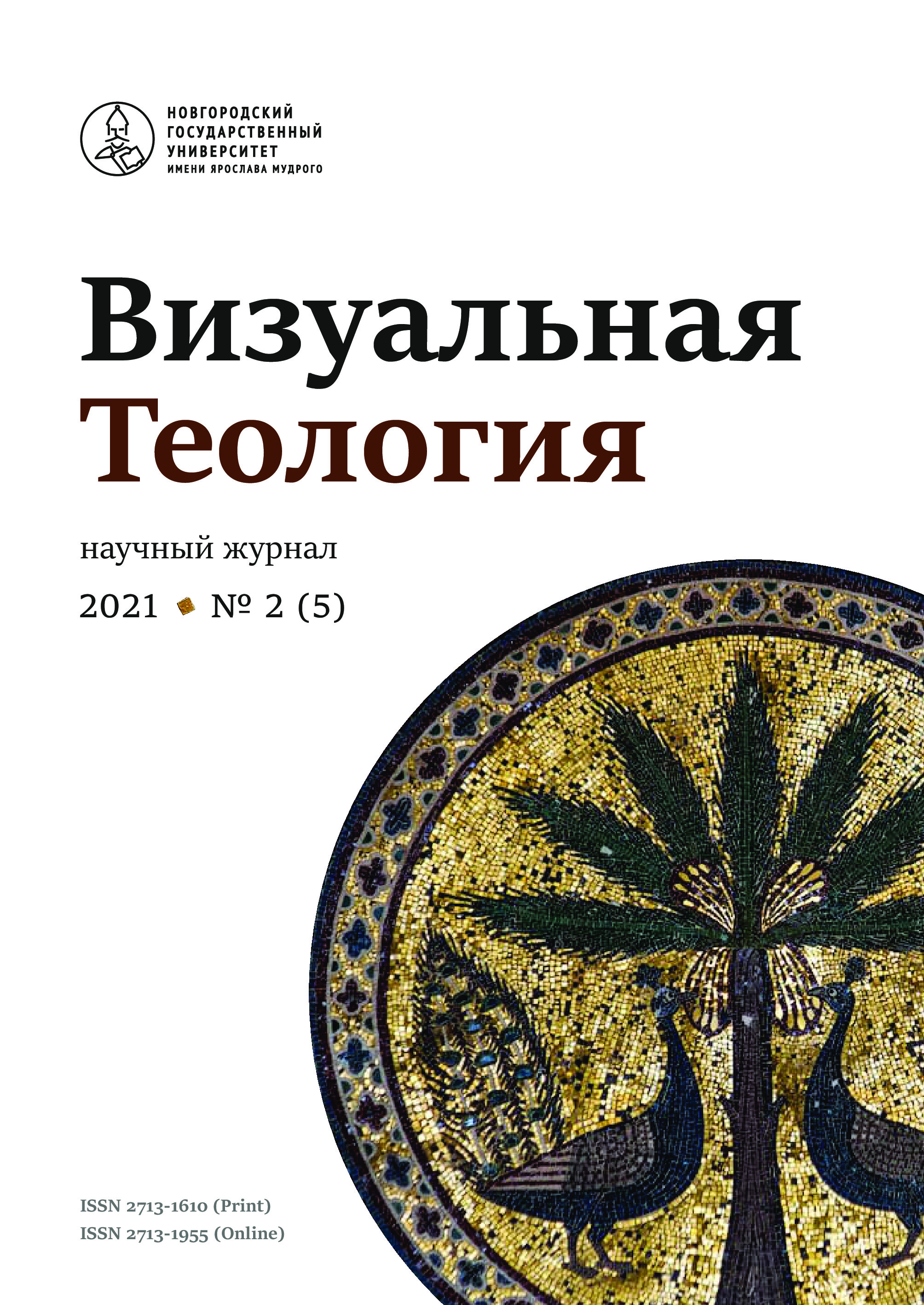Imagery as an Intersection of Two Realities in the Early Christian Philosophical Models of the Universe
Abstract
The problem of interpreting the imaginative thinking of early Christian writers and artists is connected with the analysis and understanding of their expression of complex theological ideas formed in the first centuries of the beginning of Christian philosophy. One of the earliest examples of compositions with a vivid transcendental character is the partially preserved mosaic in the Great Episcopal Basilica in Plovdiv, Bulgaria. The comparison of the texts from the early Christian treatises with certain types of compositions allows to analyze the process of perception, comprehension and visualization of these thought models in the general pictorial structure of the Christian iconography. The author’s attention is focused on the floor mosaics in the Episcopal Basilica in Plovdiv, dating from the 4th century, in which can be traced not only the origin of the visual interpretation of individual texts, and not just the development of allegorical symbolic images, but a special kind of circular compositions, that became the basis for the development of Christian iconography in the following centuries.



